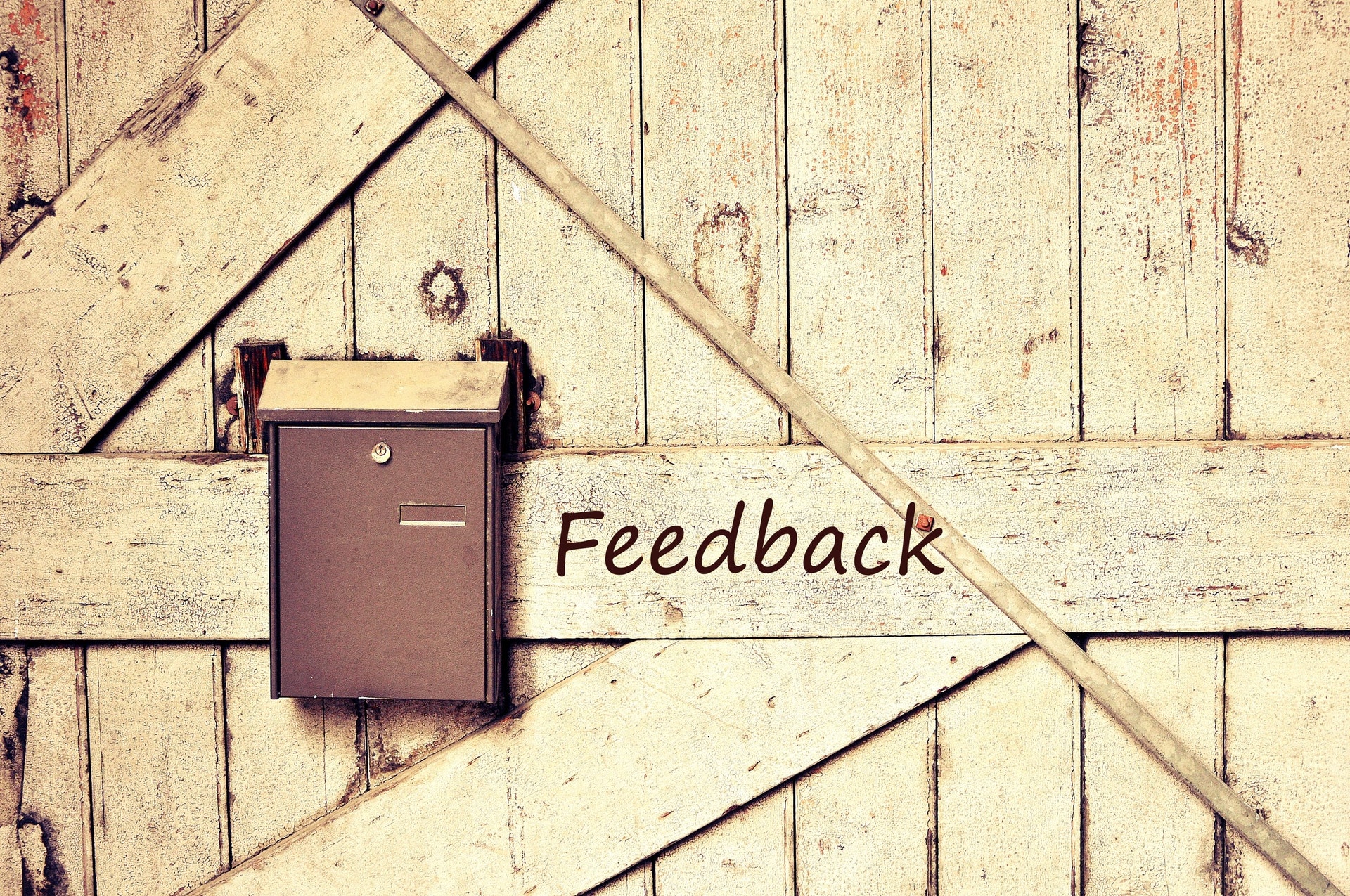In loving memory of Judith E. Glaser, who died in November 2018 after a 3-year battle with Metastatic Pancreatic Cancer.
“The key to better health is to better understand our brain. By understanding how the brain functions, communicates, and responds to our environment, we can reach our full potentials. The brain does not speak French or English, it speaks neuroscience” – Judith E. Glaser
Conversations are not just a way of sharing information; they actually trigger physical and emotional changes in the brain that either open you up to having healthy, trusting conversations or close you down so that you speak from fear, caution, and anxiety. Conversations have the power to change the brain by boosting the production of hormones and neurotransmitters that stimulate body systems and nerve pathways, changing our body’s chemistry, not just for a moment, but perhaps for a lifetime.
As we communicate, our brains trigger a neurochemical cocktail that makes us feel either good or bad, and we translate that inner experience into words, sentences, and stories. “Feel good” conversations trigger higher levels of dopamine, oxytocin, endorphins, and other biochemicals that give us a sense of well-being.
The millions of minute-by-minute neurochemical reactions within our brains drive our states of mind. These states of mind shape our relationships every day, affecting the way we communicate to build trust with others. Conversational intelligence (C-IQ) gives us the power to influence our neurochemistry and the neurochemistry of those we converse with, even in the moment. C-IQ lets us express our inner thoughts and feelings to one another in ways that can strengthen relationships and success. As we come to understand the power of conversations in regulating how we feel every day, and the role language plays in the brain’s capacity to expand perspectives and create a “feel-good” experience, we can learn to shape our world in profound and healthier ways.
Multiple Dimensions of Conversations
Conversations are multidimensional. Understanding how to access the right dimension for a situation is the art of conversations. There are 3 levels of conversations, each representing a way of interacting with others.
Level I: Transactional Conversations
Transactional conversations include interaction dynamics such as asking and telling. These types of conversations confirm what we know and give people a platform for giving and receiving information.
Level II: Positional Conversations
Positional conversations include interaction dynamics such as advocating and inquiring. These conversations allow us to defend what we know; they give people a platform for having and expressing a strong opinion about something. In these conversations, we are less open to influence and more interested in selling our ideas.
Level III: Transformational Conversations
Transformational conversations, also called co-creating conversations, include interaction dynamics such as sharing and discovering. This means asking questions for which you have no answers, listening to the collective, discovering, and sharing insights and wisdom. This generative way of communication leads to more innovative insights and deeper listening to connect to others’ perspectives.
Wired for Trust
Our brain is designed to detect trust and distrust in our everyday conversations. This hardwiring is millions of years in the making. Trust is the first signal we seek to determine if we can open up or need to close down. Trust is the feeling of “I am safe, and I know you have my back.” It is associated with the release of the neurotransmitter oxytocin, which is associated with love, bonding, and collaboration. When we feel safe, we down-regulate the activity of the hypothalamic pituitary adrenal axis, which lowers our stress response, and we up-regulate our social engagement systems through the production of oxytocin and other prosocial hormones (Porges 2009).
A safe space allows us to engage in co-creating conversations with others as we activate our trust networks in simultaneity with our ability to strategically think and our ability to empathize and show compassion to others, and it increases our ability to see into the future, or foresight. These incredible competences activate only when trust is present. Distrust, on the other hand, is associated with the release of the stress hormones cortisol, epinephrine, and norepinephrine. Trust and distrust are mediated by two separate areas of the brain: trust by the prefrontal cortex and distrust by the amygdala (Dimoka 2010).
The Amygdala
The amygdala is a small structure in the brain embedded bilaterally in the limbic system, which is classically viewed as our emotional processing center. This little almond in our brains can be thought of as air traffic control, sifting through salient information and categorizing it as either pleasurable or threatening. If we determine a stimulus to be threatening, the amygdala prompts the stress response: fight, flight, or freeze (Dimoka 2010).
The amygdala may be here to protect us, but it becomes overactive when faced with chronic stress. When we face chronic stress, our bodies produce higher levels of cortisol, a hormone that shuts down our prefrontal cortex—the thinking center of our brain – and activates conflict aversion and protection behaviors (McEwen, WE-IQ TV Interview with Judith E. Glaser, April 25, 2018). We also become more reactive and sensitive and may perceive greater negativity than exists. These effects can last for days, imprinting the interaction on our memories and magnifying their impact on our future behavior. Cortisol functions like a sustained release tablet—the more we ruminate about fear, the longer the impact. This triggered reaction is not momentary—it is sustained over a half-life of 13 hours or a full life of 26 hours. When cortisol rules over our bodies, we are unable to engage and connect, locking us in Level I conversations.
The Prefrontal Cortex
Through co-creating conversations that focus on how we can cooperatively tackle challenges, we activate an appreciative mindset, changing our neurochemistry. We turn off the threat-based messages from the amygdala and turn on the brain connections that feed up into the prefrontal cortex. By translating current information, impulses, and our biochemistry, the prefrontal cortex helps us make judgment calls, have empathy and compassion, and anticipate the future. This foresight is the power to successfully predict what will unfold based upon understanding the patterns that lie ahead and synthesizing their meanings. When we find positive patterns of engagement, we can utilize nature’s critical catalyst, oxytocin, to reinforce a bonding experience. Oxytocin is both a neurotransmitter and a hormone produced in the brain by the hypothalamus, regulating neuroendocrine functions, and secreted into the bloodstream via the posterior pituitary gland. Release of oxytocin into the bloodstream is dependent on the excitation of neurons in the hypothalamus.
Co-Regulation
Co-regulation is based on the mammalian biological need for connection, which is the ability to mutually regulate physiological and behavioral states (Porges 2015). Understanding how the levels of oxytocin and cortisol shift during engagement—and how to regulate this neurochemistry in real-time with others—is the critical catalyst for enhancing your C-IQ. In order to build trust, partners need to be able to transparently “read” each other’s intentions and determine if the trust is reciprocal (Dimoka 2010). Co-regulation is a supportive process where the activation of positive and helpful feedback between people takes place more frequently and more consistently. Once people find giving feedback easy and realize it produces positive changes in how they interact with others, they will integrate it into their everyday life.
Through 30 years of experience in corporate organizational communication, the CreatingWE Institute developed a set of tools that create a method of Co-regulation for promoting social engagements. C-IQ’s catalyst tools are a powerful set of measurement tools that analyze the frequency of negative cortisol-producing behaviors versus positive oxytocin-producing behaviors that occur during conversations in today’s workplaces. They measure, through subjective observation, how often people engage in both positive and negative behaviors and rate the frequency of those behaviors on a Likert Scale from 1, which is almost never, to 5, which is almost always.

Humans in physical proximity influence each other’s nervous systems, whether they are aware of it or not. We can create emotional contagion, for example, of positive or destructive feelings, that can quickly move from one person to another (Barsade 2002). Positive emotional contagion leads to successful communication and co-operation.
When we co-regulate, we use that resonance to move toward greater understanding, cooperation, trust, and compassion. When someone starts to get defensive, or I-centric, we can keep ourselves open and remain we-centric by utilizing co-regulation to help them shift their chemistry. By up-regulating we-centric behaviors, like priming conversational space for trust and asking discovery questions, we can elevate engagement and levels of trust.
Once you understand the dynamics of engaging and up-regulating the social engagement system and down-regulating the stress response, you are ready to enter the next dynamic of a conversation, Level III.
The Dance of Two Brains
Two brains in action are different than one. The Interactive Brain Hypothesis, as explained by Joy Hirsch, a professor of neuroscience at Yale’s School of Medicine, proposes that as we share information during conversations, our brains evoke neural activity unique to dyadic, or paired, communication. Humans and animals tend to mimic gestures and synchronize emotional expressions of others in order to better connect. Professor Hirsch’s work demonstrates how congruence between gestural and verbal communication can enhance comprehension, while an incongruence between gestures and spoken language can serve as an alerting social cue, activating social comprehension areas of the brain like the temporal-parietal junction (Hirsch 2017). Moving into a congruent pattern of communication is the signal to the rest of our body that we can be trusting and open. In order to connect with others through mimicry and synchronization, we need to be able to listen.
A good listener engages physically and mentally, shares eye contact, and uses positive affirmation to show they are paying attention. When we listen to connect, we activate Wernicke’s area: the part of the brain that allows us to comprehend spoken language. (Hirsch, WE-IQ TV Interview with Judith E. Glaser, May 1, 2018). The stronger the relationship is between speaker and the listener, the stronger and more successful the conversation will be.
Neural coupling, or synchrony between speakers and listeners, predicts the success of a conversation. A study from Princeton University, using fMRI to record brain activity from both speakers and listeners during natural verbal communication, shows how a speaker’s brain activity is coupled with the listener’s during successful communication (Stephens 2010). This coupling of brains, or synchrony, disappears when we fail to communicate. As an example, when speakers communicate with a listener who does not understand the language of the speaker, they fail to sync (Stephens 2010). When we connect at a deeper level with others, our brain patterns mimic each other’s—we actually start to see the world through their eyes (Hirsch, WE-IQ TV Interview with Judith E. Glaser, May 1, 2018).
Being able to see the world from others’ perspectives is the benchmark of conversational intelligence and Level III conversations. We now know that there is a sea of biochemical and neural activity inside our brains and bodies that influence our ability to connect, navigate, and grow together as a culture. Understanding the neuroscience behind conversational dynamics is the foundation of C-IQ and the key to unlocking the door to the full potential of our relationships. NB & RDG
References
Porges S. W, (2009), ‘The Polyvagal Theory: new insights into adaptive reactions of the autonomic nervous system’, Cleveland Clinic journal of medicine. Retrieved from: https://www.ncbi.nlm.nih.gov/pmc/articles/PMC3108032/
Porges, S. (2015, August 30). ‘Social Connectedness as a Biological Imperative’. Retrieved from: https://www.attach.org/wp-content/uploads/2015/09/Attach-Porges-handout.pdf
Glaser, J. E., & McEwen, B, (2018, April 25), ‘Bruce McEwen WE-IQ TV Interview’. Retrieved from: https://vimeo.com/279129730/51778834fb
Lee, S., Park, S., Chung, C., Kim, J. J., Choi, S., & Han, J,(2015, December 21), ‘Oxytocin Protects Hippocampal Memory and Plasticity from Uncontrollable Stress’. Retrieved from: https://www.nature.com/articles/srep18540
Lin, Y., Chen, C., Huang, C., Nishimori, K., & Hsu, K, (2017, September 14), ‘Oxytocin stimulates hippocampal neurogenesis via oxytocin receptor expressed in CA3 pyramidal neurons’. Retrieved from: https://www.nature.com/articles/s41467-017-00675-5
Dimoka, Angelika,(June 2010), ‘What Does the Brain Tell Us About Trust and Distrust? Evidence from a Functional Neuroimaging Study’, MIS Quarterly Vol. 34 No. 2 pp. 373-396. Available at: SSRN: https://ssrn.com/abstract=2428911
Carter, C. S., & Porges, S. W, (2013, January), ‘The Biochemistry of Love: An oxytocin hypothesis’. Retrieved from: https://www.ncbi.nlm.nih.gov/pmc/articles/PMC3537144/
Bargh, J. A., L. E., Clark, M. S., Gray, J. R., & Kang, Y., Williams, (2011, September), ‘Physical Temperature Effects on Trust Behavior: The Role of Insula‘. Retrieved from: https://www.ncbi.nlm.nih.gov/pmc/articles/PMC3150863/
Glaser, J. E., & Bargh, J. (2018, May 1), ‘John A. Bargh WE-IQ TV Interview’. Retrieved from: https://vimeo.com/286581700/22f9792b03
Barsade, S, (2002), ‘The Ripple Effect: Emotional Contagion and Its Influence on Group Behavior‘. Administrative Science Quarterly,47(4), 644-675. doi:10.2307/3094912
Noah, J. A., Dravida, S., Zhang, X., Yahil, S., & Hirsch, J, (2017, March 09), ‘Neural correlates of conflict between gestures and words: A domain-specific role for a temporal-parietal complex’. Retrieved from: https://www.ncbi.nlm.nih.gov/pmc/articles/PMC5344449/
Stephens, G. J., Silbert, L. J., & Hasson, U, (2010, August 10), ‘Speaker–listener neural coupling underlies successful communication’. Retrieved from: https://www.pnas.org/content/107/32/14425
Glaser, J. E., & Hirsch, J, (2018, May 1), ‘Joy Hirsch WE-IQ TV Interview‘. Retrieved from: https://vimeo.com/274248236/1dd3f4b62b
Nicklas Balboa is a Researcher and Project Manager for the CreatingWE Institute.
Richard D. Glaser, Ph.D, . is a Biochemist and Founder of the CreatingWE Institute.
Would YOU like a guest spot on the WBECS Blog? Email blog@wbecs.com to enquire!
Subscribe to the WBECS Blog below!








